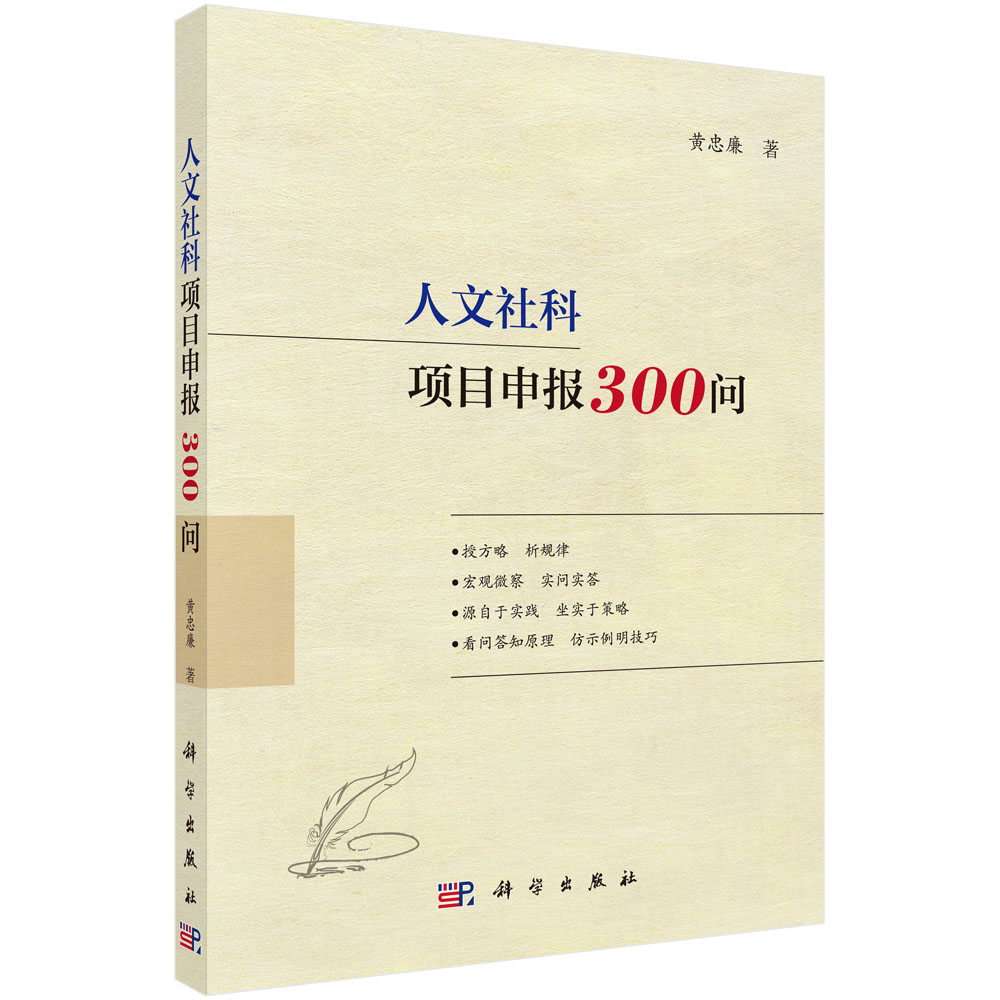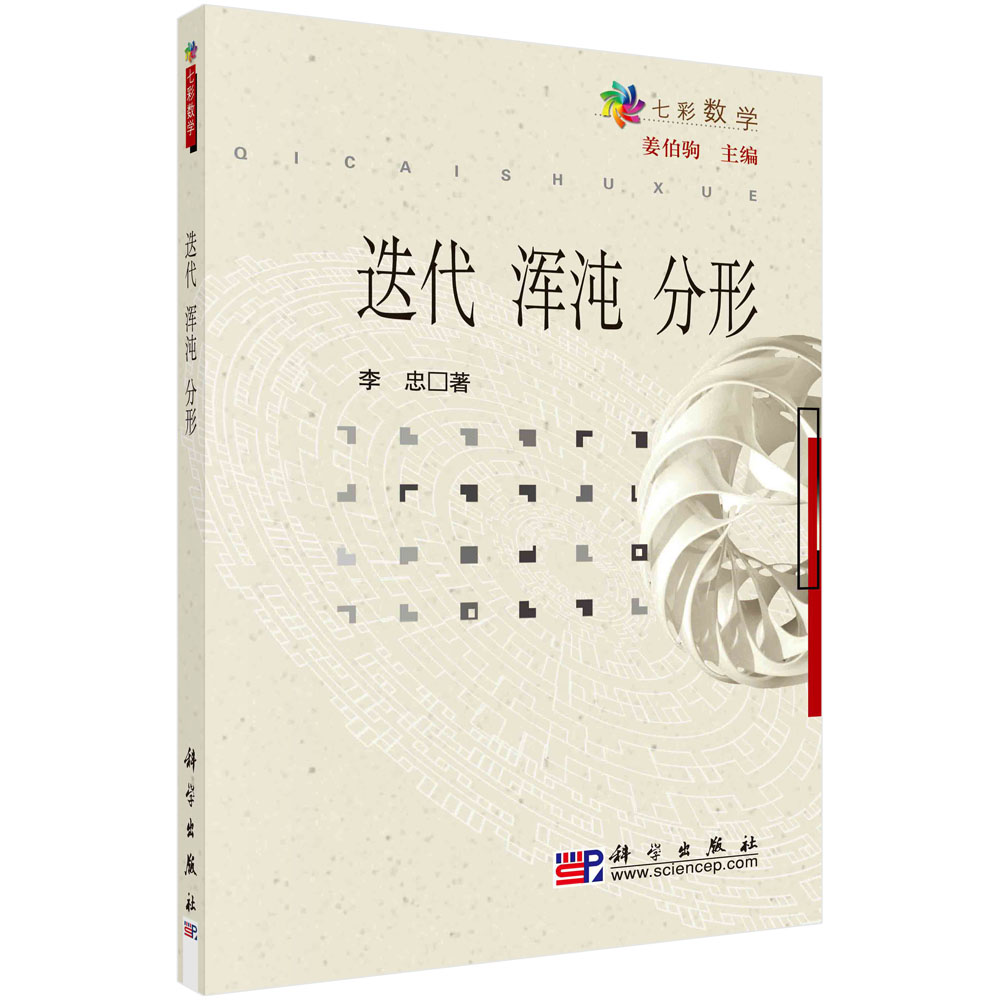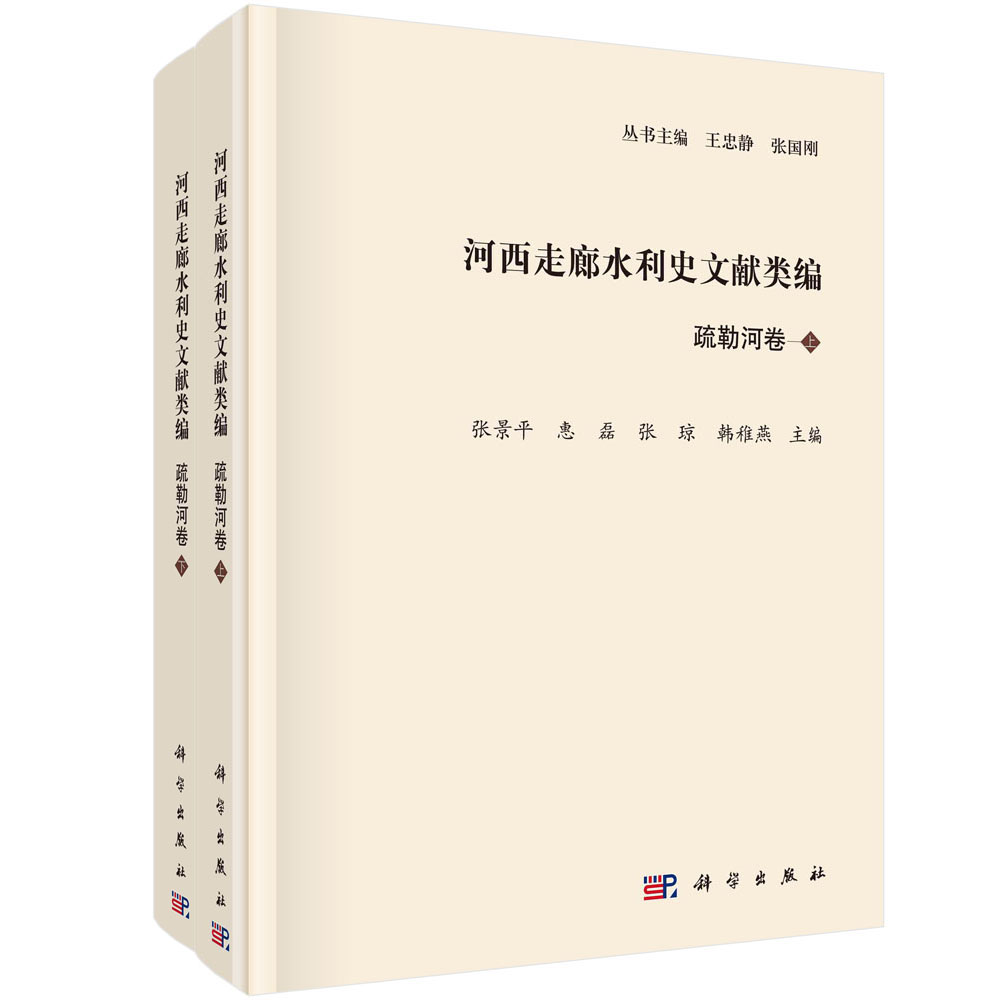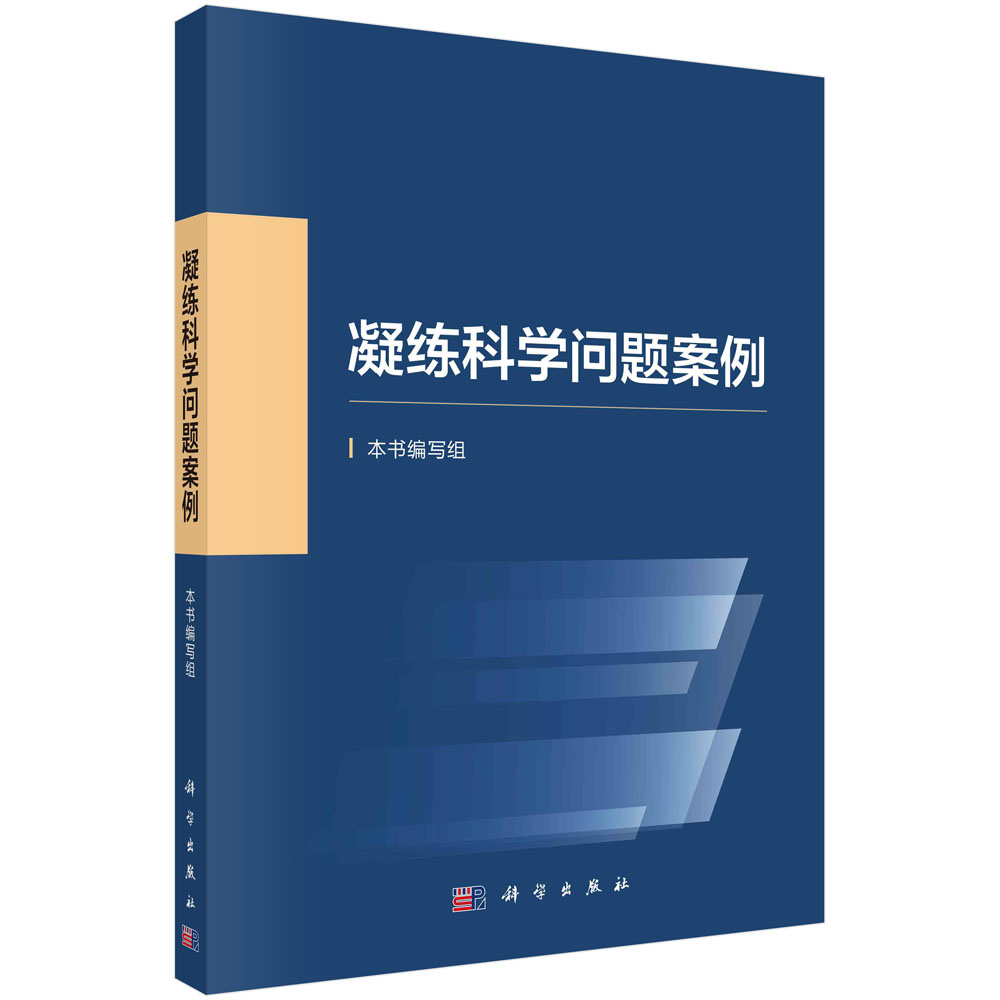全部商品分类




















Chemical hybridizing agent is a new technology system. Chemical hybridizing agent
utilizing heterosis, relates to agriculture and chemistry subject areas. This book discussed
two topics that revolves around the rape of chemical hybridizing agent and Heterosis of
Brassica napus using. A total of ten chapters, there are respectively introduced heterosis
in oil rape, chemical hybridizing hybrids: advantages and applications, approaches to
heterosis utilization in oil rape, chemical hybridizing agents for oil rape, cytological basis
of chemical emasculation in oil rape, biochemical and molecular biological mechanisms
of CHA action, breeding the elite inbred line of oil rape, principles of parent selection for
hybrid rapeseed, technology for the production of CHA hybrid seeds of oil rape, major
CHA hybrid varieties of oil rape.
样章试读
- 暂时还没有任何用户评论
全部咨询(共0条问答)
- 暂时还没有任何用户咨询内容